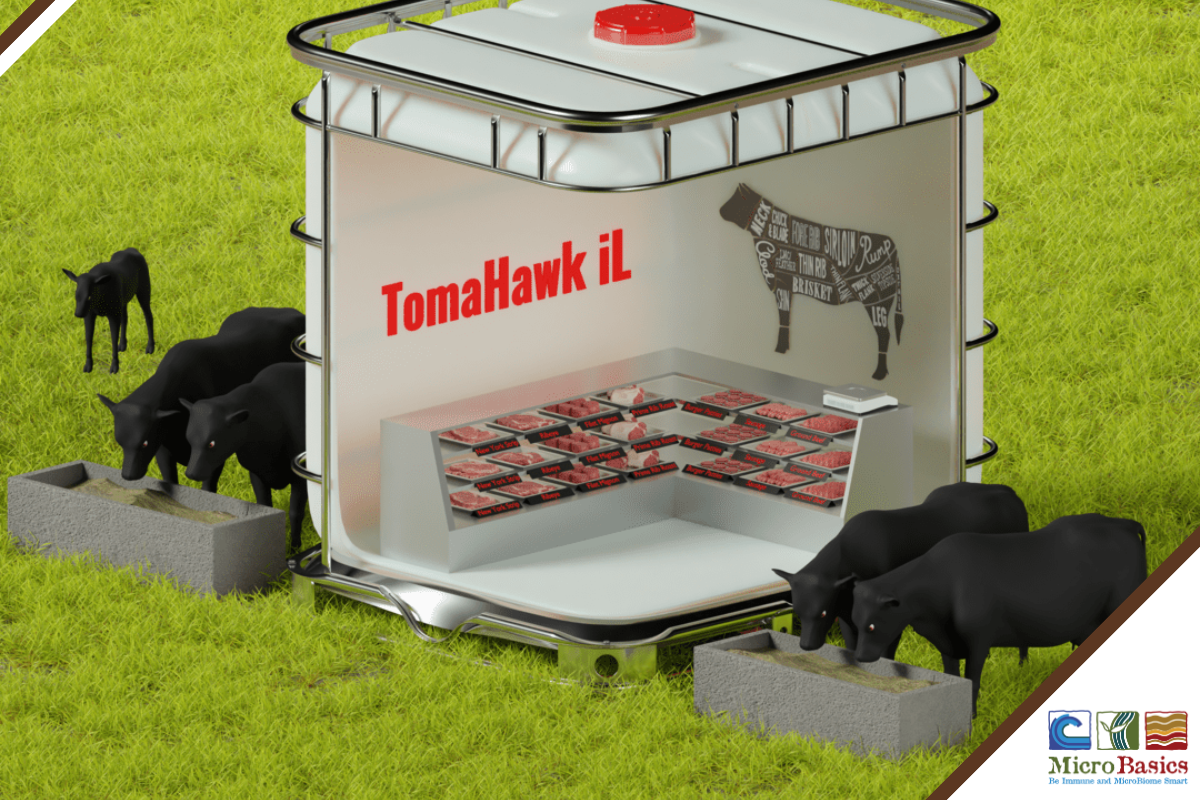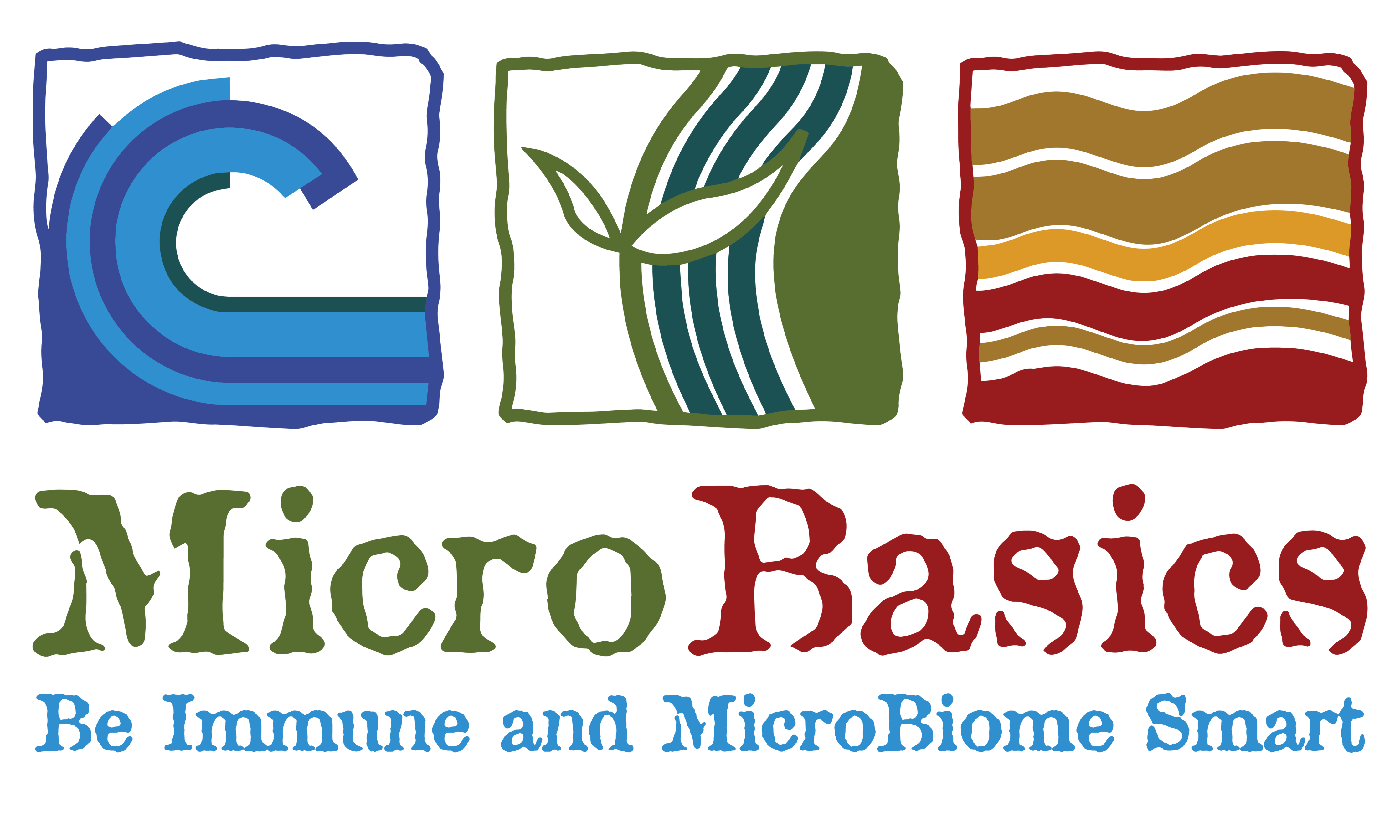
Raising Quality Beef
May is Beef Month! Please join us in celebrating hard working beef producers that provide consumers with high quality protein! Beef is one of the most complex livestock animals to raise and is the result of several years of input and management. Let’s take a look at what it takes to make high quality beef!
Lifecycle
- Most beef cattle start life on family-owned ranches and farms. Calves are raised by their mother, drink her milk, and graze on pasture or range land until they are ready to be weaned.
- Calves are weaned from their mother’s milk about 6-9 moths of age and weigh between 450-700 pounds. Many weaned calves may continue to graze pasture or rangeland. Others might enter a stocker or backgrounder feeding program receiving a nutritionally balanced diet formulated to help them meet growth goals before going to auction or being sold into a feed yard.
- Heifers saved for breeding purposes will return to live with the original herd. They will have their first baby at about 2 years old.
- Cattle are often moved into feedyards to be “finished” the last 4-6 moths of their life. They are free to eat a carefully balanced diet made up of forage and grain products formulated to help them meet growth goals towards finished market weight.
- Market weight is considered to be 1,200-1,400 pounds and is usually reached around 18-22 months of age. Beef marketed to consumers is harvested in United States Department of Agriculture (USDA) processing facilities where inspectors oversee safety, animal welfare, and quality standards.
Dairy Beef Crosses
- The U.S. beef herd is shrinking and to make up the difference in beef supply, beef on dairy crosses have become very popular.
- Beef-on-dairy cross means that a dairy breed cow is bred to a beef breed bull resulting in a calf of mixed genetics. Male dairy cattle have always been used for beef, but these cross cattle have greater feed efficiency compared to purebred dairy calves. Improved feed efficiency lowers the environmental footprint associated with their production.
- Beef-on-dairy delivers greater volumes of higher-grading carcasses.
- Beef-on-dairy provides a more valuable animal to the marketplace and means more income for dairy farmers.
- Beef from dairy herds makes up just over 20% of U.S. beef production.
Food Safety
Raising quality beef requires commitment and hard work. The Beef Quality Assurance program helps train beef producers to utilize modern techniques to raise cattle under optimal environmental and economic conditions. For consumers, that means that knowing the beef they buy is raised humanely and is delicious and nutritious. More than 85% of U.S. beef comes from BQA-certified farmers and ranchers.
Quality doesn’t just come from how the animal is handled; food safety is also important. Many pathogens that infect cattle can also cause harm to humans. Some of these pathogens include campylobacter, clostridium botulinum, clostridium perfringens, salmonella, and E. coli.
While there are many postharvest interventions used to prevent contamination of food borne pathogens, recent research has suggested that preharvest interventions are a better way to control some foodborne pathogens in bovines. The most tested and effective prevention strategies include high herd health status, good management, and biosecurity.
Improvements in herd health can be made with a sound nutrition program that not only includes formulation for key nutrients, but also supports gut and immune function.
- Probiotics: Bacillus subtilis outcompetes pathogenic bacteria from colonizing the intestinal wall. Bonus, it produces large amounts of digestive enzymes to help with feed conversion.
- Mannan oligosaccharide (MOS): decreases prevalence of intestinal pathogenic bacteria in improves immune defenses.
- Yeast Culture: enhances rumen function, improves digestibility, dry matter intake, and helps relieve heat stress.
- Biologically active polysaccharides: ensures that immune function is at peak performance!
- Zinc Methionine: improved gut mucosal layer, improved feed efficiency, lung and hoof health.
At MicroBasics we believe that beef producers deserve resources for pathogen control and feed efficiency that do not require in-feed antibiotics. TomaHawk iL and TomaHawk iL Zn cover all the bases when it comes to feed efficiency and preharvest pathogen management. For more information on these products check them out in the MicroBasics online store.
Written by: Mariah Gull, M.S.
